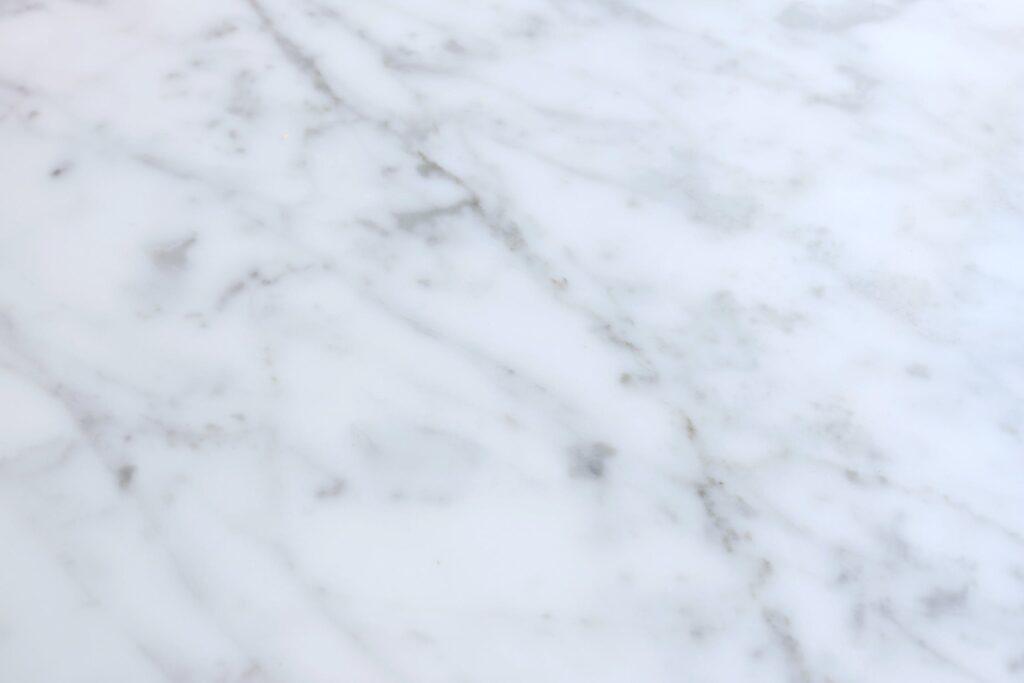Which are the Best tiles for your home?

Call 800 247 6663
Order Stones in Mumbai through phone/ whatsapp.
Given that you’ve narrowed your options down to “PGVT” and “DOUBLE CHARGE,” let’s compare and contrast the two to see how they’re similar and how they vary, as well as what benefits each offers. Both are made of porcelain (vitrified) and have a water absorption (by mass) percentage of less than 0.5%. They’re both equally powerful. When we talk about strength, we’re referring to the Modulus of Rupture and Breaking Strength for tiles with similar thickness. Both may be purchased in standard thicknesses ranging from 8 mm to 10 m.m.
Glazed Vitrified Tile (GVT) that has been subjected to a mechanical polishing procedure following the fire process is known as PGVT. Glaze, or a coating of glass, is another option. As such, it is provided to facilitate the production of a suitable surface for printing on. These days, most tiles are decorated using inkjet digital printers (which are unique in that they require particular medium, namely ink). You may make an impressive imitation of Italian Travertine marble, or wood that looks just like real wood down to the piths, growth lines, and grains of teak.
Double Charge is an unglazed, vitrified tile. The expensive design layer (let’s say 2–3 mm) is placed on top of the base layer, which is why it costs less than a full-body unglazed vitrified tile. Afterwards, it undergoes a mexhanic polishing process to remove any remaining imperfections from the firing. Micronized raw material is used to create the design, and the press’s built-in “chargers” arrange the powder in intricate patterns based on predetermined programming. So, patterns aren’t really “printed.”
Where do we stand on the issue of surface abrasion resistance? Modern Double Charge tiles have a Mohs hardness of around 6 (Quartz in sand has a hardness of 7), whereas the scratch resistance of GVT varies with the glaze. The hardness of most PGVTs can range from 2 to 3 on the Mohs scale. For glazed and unglazed tiles, ISO specifies two distinct abrasion tests (refer ISO 13006 : 2018).
When it comes to flooring, PGVT’s abrasion resistance is ideal for domestic settings but not for commercial settings. On the other hand, a matt finish is available for GVT, which significantly increases its resistance to abrasion. Double Charge may be the more cost-effective option for some sizes, particularly small and medium ones.